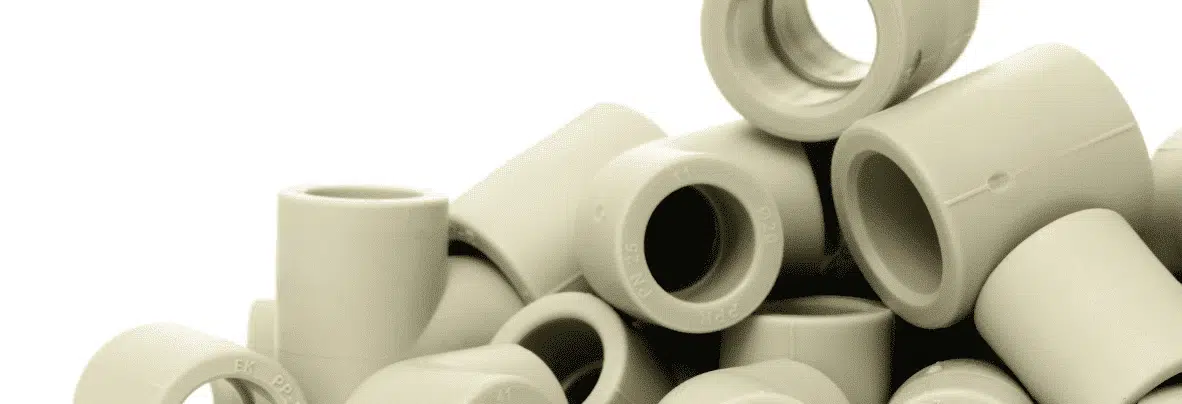Low polyolefin crystallinity fraction down to 0.3 % was determined during a kinetic experiment using the Xeuss 2.0 SAXS/WAXS system in combination with an integrated temperature control stage, the Linkam HFSX350.
Most polymer transformations from raw material to a finished product necessitate a processing step involving a melt (or molten state). During cooling and solidification, polymers rarely form a perfect crystalline structure [1]. The resulting semi-crystalline polymers are thus composed of amorphous regions comprising of partially disentangled polymer chains intercalated with crystalline regions of ordered polymer chains. The crystallization kinetics (rate and extent of crystallization) can be affected by several factors, including temperature, pressure and the chemical composition of the material. The transformation of an entangled polymer melt into a semi-crystalline complex is a multi-step process involving several distinct phases.
Solid polymers’ mechanical and physical properties result from their crystallization kinetics which affect both the nanoscale structure and the level of crystallinity. The semi-crystalline state can be finely characterized at short length scales, identifying the crystallographic order, while the morphology of the crystalline phase can be described by the investigation at long length scales. Investigation and definition of the crystallinity are therefore of great interest both for fundamental and industrial approaches and can aid in optimizing the properties of these materials and developing new applications for them.
The evolution of crystalline fraction can be readily monitored using wide angle X-ray scattering (WAXS). This allows for a non-destructive quantitative analysis with a high sensitivity enabling the detection of small variations as a function of different parameters.
In this Application note, you will discover a WAXS investigation of the crystalline fraction evolution of isotactic polypropylene (i-PP) as a function of temperature variations that mimic a typical processing route.
References:
[1] P. Panine, E. Di Cola, M. Sztucki, and T. Narayanan, Early Stages of Polymer Melt Crystallization, Polymer 49, 676 (2008). DOI: 10.1016/j.polymer.2007.12.026.




































